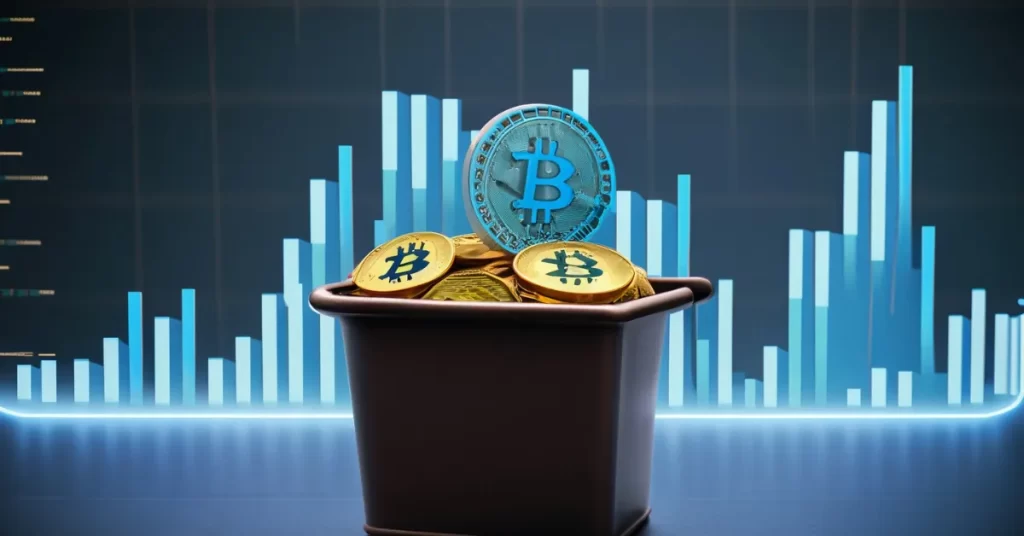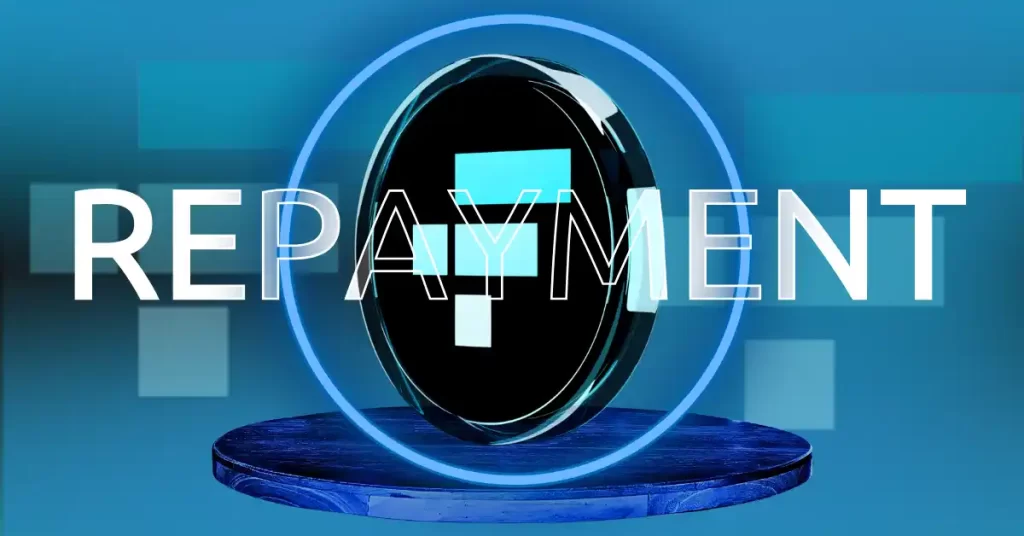
The post Could Bitcoin Split in Two? Blockstream CSO Samson Mow Raises Concerns appeared first on Coinpedia Fintech News
Bitcoin, the world’s most prominent cryptocurrency, may be on the verge of a major transformation, with potential consequences for investors and users alike, as suggested by Samson Mow, the Chief Strategy Officer of Blockstream and CEO of Pixelmatic. In a recent video interview, Mow raised the possibility of a Bitcoin “bifurcation” shortly, driven by the growing interest of financial giants like BlackRock in the Bitcoin space.
Mow’s Perspective on BlackRock’s Involvement:
Samson Mow acknowledged the positive implications of BlackRock and other major financial institutions embracing Bitcoin. He views it as a sign that Bitcoin is evolving into an “investable asset class” and a potential “future reserve asset.” However, he also sees a potential downside to the institutional fervor for Bitcoin.
The Two Possible Types of Bitcoin:
Mow’s theory envisions a division of Bitcoin into two distinct types: “institutional Bitcoin” and “normal Bitcoin.”
Institutional Bitcoin:
- Institutional Bitcoin is expected to remain under the control of financial institutions like BlackRock, making it less accessible to the general public.
- Institutions will likely hold onto their Bitcoin holdings, essentially locking them within their systems.
- This “institutional Bitcoin” may trade at a discount compared to the other type.
Normal Bitcoin:
- “Normal Bitcoin” will be free to circulate and spend, just like regular Bitcoin today.
- It can be used for transactions wherever cryptocurrencies are accepted.
- This type is projected to be traded at a higher price due to its more excellent utility.
Mow draws a parallel between locked Bitcoin and the practice of sending cryptocurrencies to unspendable blockchain wallets, a phenomenon known as “burning.” In essence, locked Bitcoin is rendered less accessible and less versatile, similar to these “burned” assets.
Previously, Samson Mow advised Bitcoin community members to withdraw their holdings from exchanges and maintain control over their assets. He stressed that this is “the only way to know that the Bitcoin you bought exists,” safeguarding it against potential threats such as hacks or exchange mishaps, like the FTX crash a year ago.

 1 year ago
88
1 year ago
88














 English (US) ·
English (US) ·